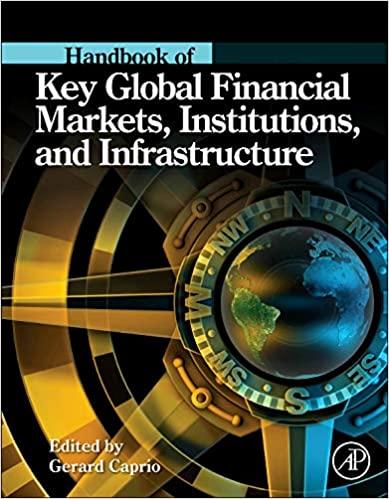

A pension fund manager is considering three mutual funds. The first is a stock fund, the second is a long-term government and corporate bond fund, and the third is a risk-free T-bill money market fund that yields a rate of %8. The correlation between the stock and bond funds is 0.10. The probability distributions of the risky funds is as follows: (A) What are the investment proportions in the minimum-variance portfolio, and what is it's standard deviation and expected rate of return? Table 1: Question 10 (B) Draw the investment opportunity set of the two risky funds. Use investment proportions for the stock fund from 0 to 100% in increments of 5%. (C) What is the expected return and standard deviation of the optimal risky portfolio? (D) What is the Sharpe ratio of the best feasible CAL? (E) You require that your portfolio yield an expected return of 14%. What is the standard deviation of your portfolio? What are the proportions invested in the T-bill, stock, and bond funds? (F) If you were to use only the two risky funds, and still require an expected return of 14%, what would the investment proportions in your portfolio be? Compare this standard deviation to what you found in part (E). A pension fund manager is considering three mutual funds. The first is a stock fund, the second is a long-term government and corporate bond fund, and the third is a risk-free T-bill money market fund that yields a rate of %8. The correlation between the stock and bond funds is 0.10. The probability distributions of the risky funds is as follows: (A) What are the investment proportions in the minimum-variance portfolio, and what is it's standard deviation and expected rate of return? Table 1: Question 10 (B) Draw the investment opportunity set of the two risky funds. Use investment proportions for the stock fund from 0 to 100% in increments of 5%. (C) What is the expected return and standard deviation of the optimal risky portfolio? (D) What is the Sharpe ratio of the best feasible CAL? (E) You require that your portfolio yield an expected return of 14%. What is the standard deviation of your portfolio? What are the proportions invested in the T-bill, stock, and bond funds? (F) If you were to use only the two risky funds, and still require an expected return of 14%, what would the investment proportions in your portfolio be? Compare this standard deviation to what you found in part (E)








